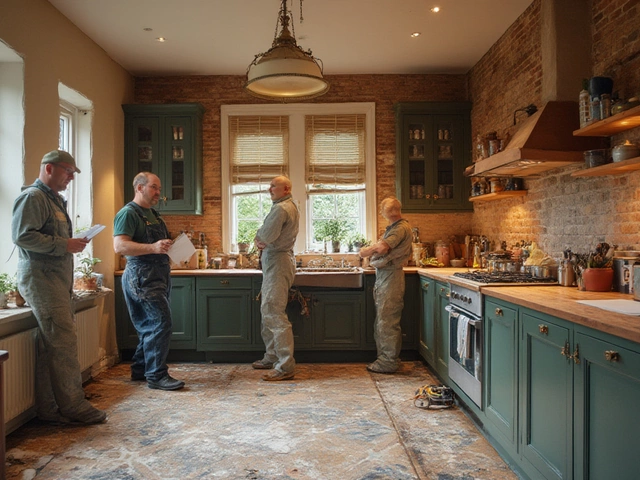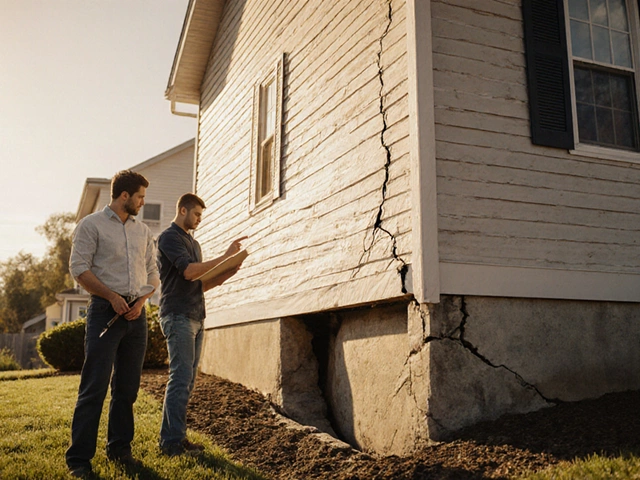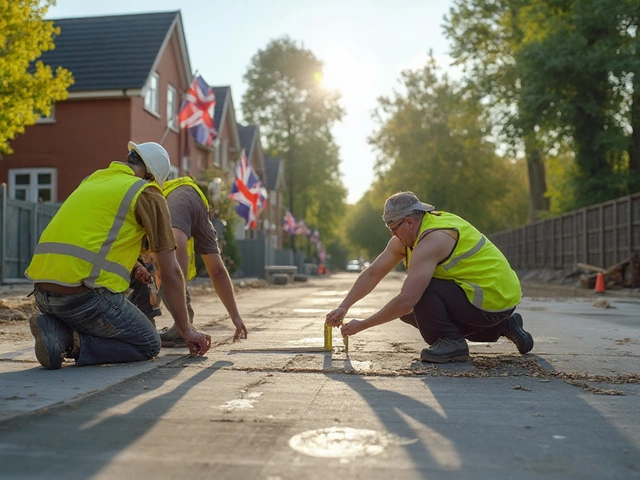Construction Moisture: Why It Matters and How to Manage It
Moisture is the silent enemy in almost every building project. It seeps into foundations, climbs walls, and can ruin a brand‑new roof before you even notice. If you’ve ever seen cracks widening after a rainy spell, you’ve felt the impact of construction moisture. Below we break down the most common problems and give you straight‑forward ways to keep water out.
Common Moisture Problems in Building Projects
First up, groundwater pressure. When the soil around a basement holds too much water, it pushes against the walls and can cause bowing or cracks. You might spot water stains on the interior floor or a musty smell – both tell‑tale signs that the foundation is taking on moisture.
Second, poor drainage. A flat yard, clogged gutters, or a missing French drain means rainwater hangs around the footing instead of flowing away. Over time that standing water seeps through concrete joints and weak spots, leading to the dreaded “cracked foundation” scenario many of our posts warn about.
Third, condensation inside wall cavities. If you install insulation without a proper vapor barrier, warm indoor air meets cold exterior walls, drops moisture, and creates mold. This issue often shows up as damp spots on interior walls, especially in kitchens and bathrooms where steam is common.
Lastly, roof leaks. Even a tiny breach can drip onto ceiling joists, soak plaster, and eventually weaken the roof deck. Our roof replacement guides highlight how a simple flashing mistake can let water run straight into a house’s structure.
Practical Steps to Control Moisture
Start with the site grading. The ground should slope at least 6 inches away from the building for the first 10 feet. A simple shovel or a professional earthmoving crew can make this happen, and it’s the cheapest way to keep water from pooling around your footings.
Install a French drain or perimeter drain before you pour concrete. It’s a hollow pipe with gravel that collects groundwater and directs it to a sump pump or storm drain. This system alone can cut foundation moisture by half.
Use a high‑quality damp‑proof membrane under slabs and around basement walls. Modern polymers are cheap and last decades, giving the concrete a waterproof skin that stops water from migrating through.
Seal all joints and penetrations. Expansion joints, pipe sleeves, and utility holes need waterproof sealant. A quick spray of polyurethane or epoxy can prevent tiny cracks from turning into big leaks.
Don’t forget the roof. Check flashing around chimneys, skylights, and vent stacks every year. Replace any cracked shingles and keep gutters clear – a clogged gutter is a one‑way ticket for water to splash onto the roof deck.
Inside the house, install a vapor barrier on the warm side of insulation. It’s just a sheet of plastic that stops warm air from reaching cold surfaces and condensing. Pair it with a dehumidifier in basements to keep humidity below 60% year‑round.
Finally, schedule a professional moisture inspection if you notice any of the warning signs. A simple moisture meter can pinpoint problem areas, and a quick fix now saves you from costly structural repairs later.
Managing construction moisture isn’t rocket science – it’s about planning, using the right materials, and keeping an eye on drainage. Follow these steps and you’ll protect your investment, avoid foundation headaches, and keep indoor air healthy. Ready to take the next step? Start with a quick site check and see where water might be hiding.
Why New Builds Get Mold: Hidden Causes and Easy Solutions

New homes are supposed to be perfect, but mold? Find out why new builds are hiding a damp secret and how you can tackle lingering moisture before it turns into a nightmare.
read more



